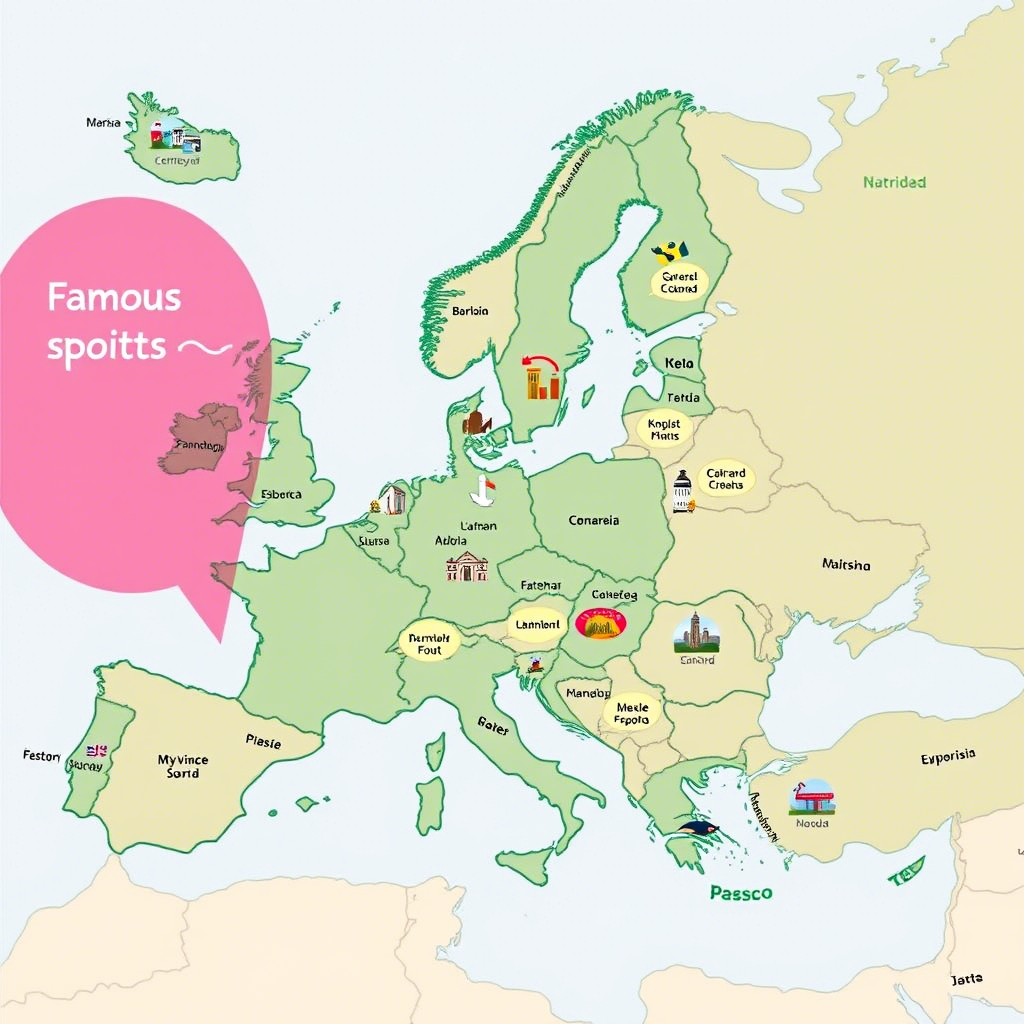How to Plan a Family Trip to Europe
Planning a family trip to Europe can be a daunting task, but with a clear understanding of the steps involved, it can be a fun and rewarding experience. Europe offers a diverse range of cultures, landscapes, and activities that cater to families with children of all ages. A well-planned trip can create lifelong memories and provide a unique opportunity for families to bond and explore new destinations together. In this article, we will guide you through the process of planning a successful family trip to Europe.
Step 1: Choosing Your Destination
When planning a family trip to Europe, the first step is to decide on a destination. Europe is home to numerous countries, each with its unique charm and attractions.
- Consider the age and interests of your children when selecting a destination. For example, families with young children may prefer destinations with theme parks, such as Disneyland Paris or LEGOLAND Deutschland.
- Research the cultural and historical significance of potential destinations. Cities like Rome, Paris, and London are steeped in history and offer a wealth of educational opportunities.
- Look into the accessibility and safety of your chosen destination. Some European cities are more family-friendly than others, with amenities like stroller-friendly streets and kid-friendly restaurants.

Step 2: Planning Your Itinerary
Once you have chosen your destination, it’s time to plan your itinerary.
- Start by identifying the top attractions and activities you want to experience. Make a list of must-see sights and prioritize them based on your family’s interests.
- Consider the travel time between destinations and plan for regular breaks. Europe’s public transportation system is generally efficient, but it’s still important to factor in time for rest and relaxation.
- Be sure to include some flexibility in your itinerary to accommodate unexpected changes or spontaneous decisions. A rigid plan can be stressful and may not allow for the freedom to explore.
Step 3: Booking Accommodations
Booking the right accommodations is crucial for a successful family trip.
- Consider booking a family-friendly hotel or apartment that offers amenities like separate bedrooms, kitchen facilities, and childcare services.
- Look for accommodations that are centrally located and within walking distance to major attractions. This can save time and reduce transportation costs.
- Read reviews from other families to get a sense of the accommodation’s suitability for children. Websites like Booking.com and Airbnb offer a range of family-friendly options.
Step 4: Packing and Preparing
Packing for a family trip to Europe requires careful planning.
- Check the weather forecast for your destination and pack accordingly. Europe’s climate can vary significantly from north to south, so it’s essential to be prepared.
- Consider packing clothing that can be easily mixed and matched to reduce luggage space.
- Don’t forget to pack essentials like diapers, formula, and any medications your family members may need. You can find a range of kids’ clothing and accessories, including a cozy boys coat, on online stores.

Step 5: Managing Your Budget
Managing your budget is critical to a stress-free family trip.
- Set a realistic budget and prioritize your spending based on your family’s needs and preferences.
- Consider budgeting extra for unexpected expenses, such as medical emergencies or changes in travel plans.
- Look for ways to save money, such as booking accommodations and flights well in advance or using travel rewards credit cards. You can also find great deals on travel gear and accessories on websites like https://lezonkids.com/.
Step 6: Ensuring a Smooth Journey
Finally, it’s essential to prepare for a smooth journey.
- Check the validity of your passports and ensure that you have any necessary visas for your destination.
- Research any health and safety guidelines for your destination, such as vaccination requirements or local customs to be aware of.
- Consider investing in travel insurance to protect against unexpected medical or travel-related expenses.

Conclusion
Planning a family trip to Europe requires careful consideration of several factors, including destination, itinerary, accommodations, and budget. By following these steps and being mindful of your family’s needs and preferences, you can create a memorable and enjoyable experience for everyone. With a little planning and preparation, your family trip to Europe is sure to be a success.

Comments